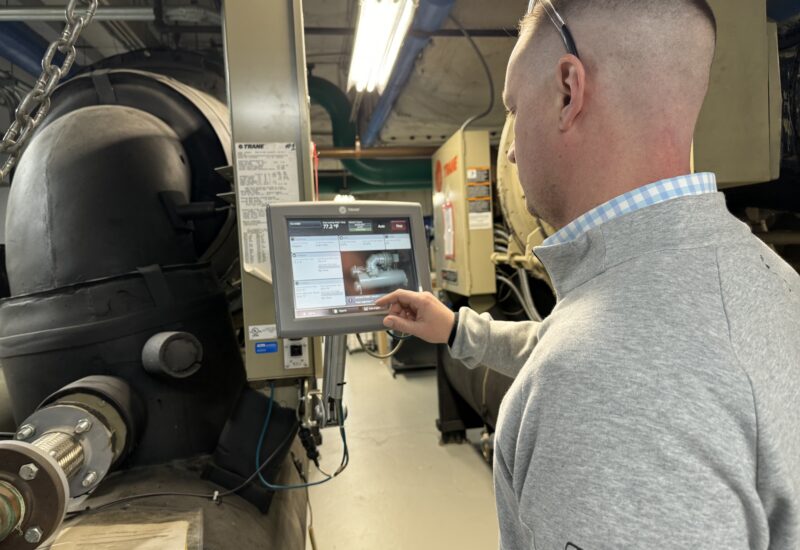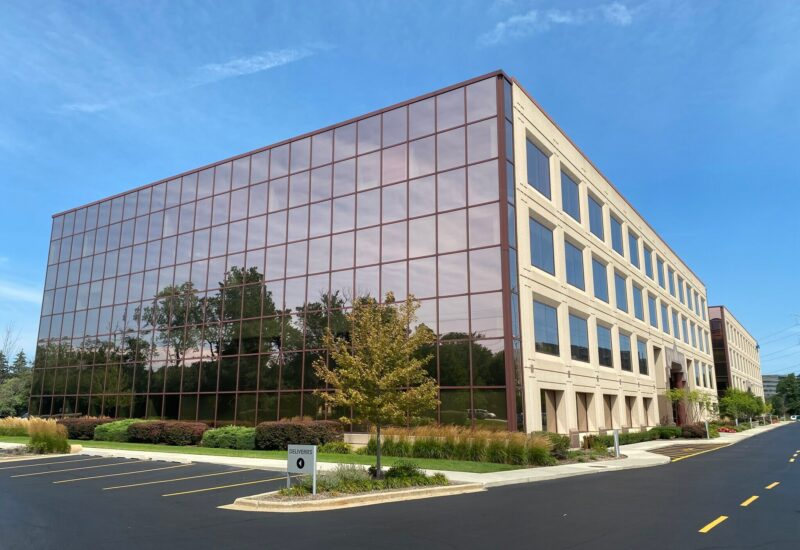On January 21, 2022, the Biden-Harris Administration announced the launch of the Building Performance Standards (BPS) Coalition. A partnership including 31 municipalities and two states, Colorado and Washington, which pledge to implement policies to reduce emissions due to the operation of existing buildings by 2024. This coalition will take administrative, regulatory, and legislative steps to implement programs and policies that reduce carbon emissions across the building sector. See a list of participating entities below.
Note – buildings in the 31 municipalities and two states account for approximately one-fifth of the total building footprint. Good news for buildings in Washington, D.C. – no additional requirements will come out of this coalition that isn’t already considered in D.C.’s Building Energy Performance Standard (BEPS). However, participating municipalities and states that have not yet implemented measures will develop those by 2024 and impact everyone owning and operating buildings in the coming years.
What is a building performance standard (BPS)?
A state or local government sets mandatory building performance targets for existing buildings, each categorized into a specified building type. This may include limits on energy usage, GHG emissions, peak energy demand, and water consumption. These targets require improved building performance compared to a baseline. Building owners generally have several years to implement measures to reach the BPS targets.

What are the impacts and goals?
The Building Performance Standards Coalition represents more than 15 billion square feet of applicable floor space and is committed to working with frontline communities to address health, affordability, and emissions reductions. The coalition’s end goal is to advance, coordinate, and implement an improved BPS policy by Earth Day 2024. Each Coalition member will develop a policy roadmap to implement BPS within their jurisdiction. This will require meeting with stakeholder teams to co-create policy, identify and act on prerequisites for building performance standards, and share their results and experiences. Coalition members will be supported by labor unions, philanthropy, and non-governmental organizations. This partnership will help increase job creation across the building sector and lower consumer energy bills. Another aspect of forming a coalition is addressing the limitations that exist in our approach to home and building retrofits. According to The American Council for an Energy-Efficient Economy, at our current rate, it will take 500 years to retrofit all residences (homes and apartments) and more than 60 years to complete such retrofits on all commercial buildings in the United States. Improving state and local emission standards and increasing compliance will be instrumental in meeting the coalition’s goal. This coalition aligns with President Biden’s Bipartisan Infrastructure Law, which invests $3.5 billion in home weatherization, making 700,000 homes more energy-efficient and lowering consumers’ electricity bills. Additionally, it will make $1.8 billion available to state and local governments through the Department of Energy to expand building retrofits and policy implementation at the state and local levels.
What will happen now and what to expect?
The Department of Energy (DOE) and the Environmental Protection Agency (EPA) are providing technical resources available to Coalition members to help accelerate the design and implementation of BPS.
Unless your buildings are already subject to a BPS, expect that the jurisdictions participating in the Building Performance Coalition are already developing or will soon start with the development and implementation of greenhouse gas emission reduction requirements applicable to buildings.
The DOE will support local governments to set emissions reduction goals by providing insight into current building energy use data which will assist in policy tracking and reporting and prioritizing stakeholder engagement to inform and provide policy and equity strategy assistance.
Follow the links if you are interested in learning more about how local jurisdictions implement Building Energy Performance Standards in Washington, D.C. or Montgomery County, MD.
What are cities doing to help reduce building energy emissions?
Cities like Chicago, which is a participating city in the BPS Coalition, have committed to the investment into building retrofits and implementation of BPS and complementary policies. Chicago is a high-carbon emitting city, buildings alone are responsible for 70% of carbon emissions. Not only is Chicago a member of the Coalition, but they are implementing additional building energy-reducing policies to help tackle this rising problem. The Chicago Benchmarking Energy Ordinance created the Chicago Energy Rating System which tracks whole-building energy use for existing commercial, institutional, and residential buildings larger than 50,000 square feet. Cities across the nation are taking steps towards a cleaner future. Hear what coalition participants are saying!
Have any questions regarding the National Building Performance Coalition? Contact us!







